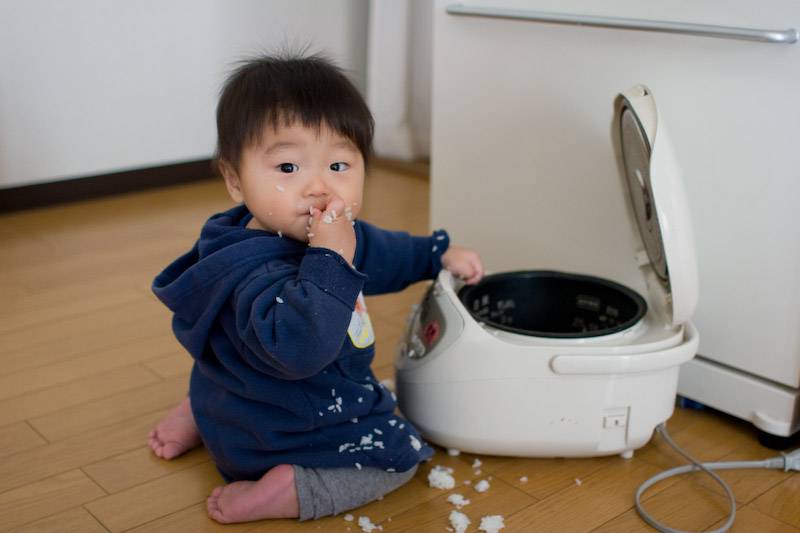 Atta boy
Atta boy
Mar 27, 2019
TAIPEI, TAIWAN – As the per capita volume of rice consumption here steadily declines year by year, from an average of 100 pounds in 2012 to 98 pounds in 2016, the Taiwan government has begun efforts to promote the advantages of domestic rice and encourage consumers to eat more rice.
Following the launch of a series of domestic rice-based processed foods developed by private companies with assistance from the country’s Council of Agriculture (COA), the organization hosted a rice festival in February to promote the use of domestic rice. Festival events focused on educating consumers about rice, giving them information on how it’s grown and the characteristics of rice from different regions of Taiwan. The COA also promoted the domestic rice logo and sought the endorsement of key opinion leaders, such as nutritionists and well-known chefs, to promote Taiwan-grown rice as healthful.
The COA also encouraged rice farmers to plant specific varieties of rice to increase their profitability as well as encourage them to plant alternative high value crops on traditional rice paddies. This is a strategy being followed by Japan and Korea as the overproduction of rice has become a chronic problem in the traditional rice-eating societies that are all seeing steady decreases in table rice consumption.
“While there is a decrease in rice consumption in Asian countries, there is still a strong market for U.S. rice here,” says Chris Crutchfield, chair of the USA Rice Asia Promotion Subcommittee. “Taiwan’s rice imports are tightly controlled with prohibitive over-quota tariffs, yet there is still a market for several different varieties of U.S. rice including southern medium grain, Calrose, short grain, and glutinous rice. As the palate changes in Taiwan, we are making sure our rice is positioned to be used in various formats, including table rice, rice snacks, desserts, and more.”